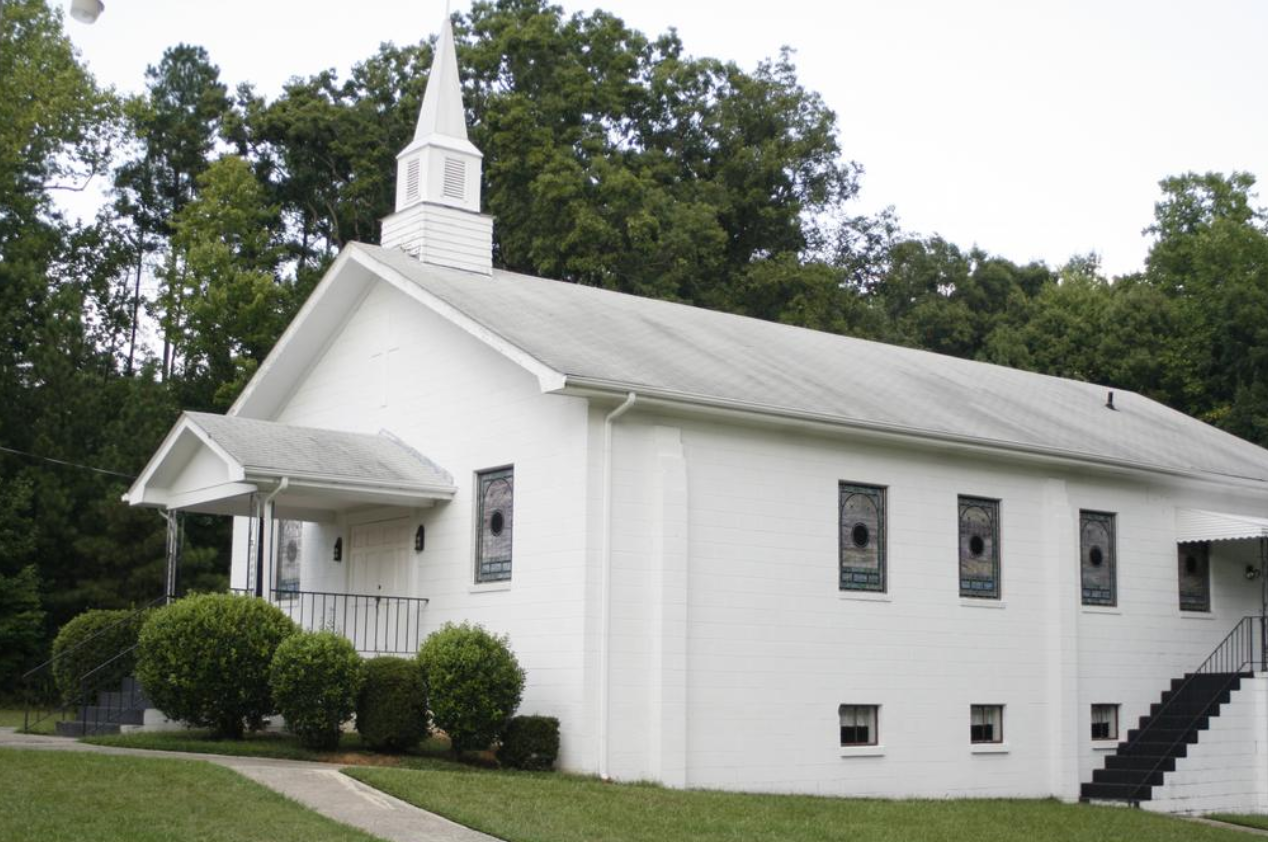As part of our extensive oral interviews with past Cary residents, Peggy Van Scoyoc recorded the following interview about prominent Cary citizen, Reverend John William Meadows, with his great-grandson, Jimmy Gibbs. We're reposting this interview as part of our September focus on the naming of Cary Regional Library's rooms to honor the Town's past.
The Rev. John William Meadows was one of the most prominent and influential people in this area’s black community in his time. He was born in 1880 in Granville County, but most of his life was spent in Cary. He was a college graduate, and a well-respected minister of Hickory Grove Christian Church from 1919 until his death in 1954. He also was the principal and one of three teachers at the original Cary Colored School from 1900 through 1935.

Meadows’ first wife died giving birth to his only child, Curtis. He later married his second wife, Annie Mitchell Meadows, who also became a teacher at the Cary Colored School for many years, right alongside her husband. Annie taught grades 1-4, and Rev. Meadows taught grades 5-7. Black students were then bussed to Berry O’Kelly High School across from the Raleigh state fairgrounds. Meadows’ great-grandson, Jimmy Gibbs, talked to us about his great-grandfather:
JIMMY GIBBS: Our family has a lot of history here in Cary, thanks to my great-grandfather. He was very distinguished, one of those high society people in this area at that time. He had a beautiful home on Cornwall Road, across from the Glenaire Retirement Center. His property backed up to what is now the Carolina Pottery store on Kildaire Farm Road. It was a large, two-story home. It did have electricity, but no running water. There was an outhouse in the back and a lovely barn. They actually had hired help, which was very unusual in the black community at that time.
My great-grandfather was very busy. Not only was he an educator, but he was a minister and a leader in the Lincoln Christian Church Conference as well. When he wasn’t teaching and being a principal, he was doing his ministry work, traveling around to the churches within the Lincoln Conference. He was the vice-president of that conference, which caused him to do a lot of traveling on the weekends. So, he wasn’t only preaching in his church in Cary, he preached at several other churches in the area as well, using Cary as his home base.

The Cary Colored School was a three-room wooden building that stood right behind the playground of Cary Elementary School, so it was right up the street from his house. The school had wood-burning stoves for heat, and an outside privy. Sadly, the school where he and his wife taught all those years in Cary was burned down in 1936, just a year after he retired from teaching. Then, long after Rev. Meadows died, his house on Cornwall Road also burned down in the 1970s.
Much of the Cary’s Heritage column is taken from the book, Desegregating Cary, published in February of 2010. The book is a collection of oral history interviews conducted with local residents by the Friends of the Page-Walker History Center. The rest comes from later oral history interviews with local citizens.
